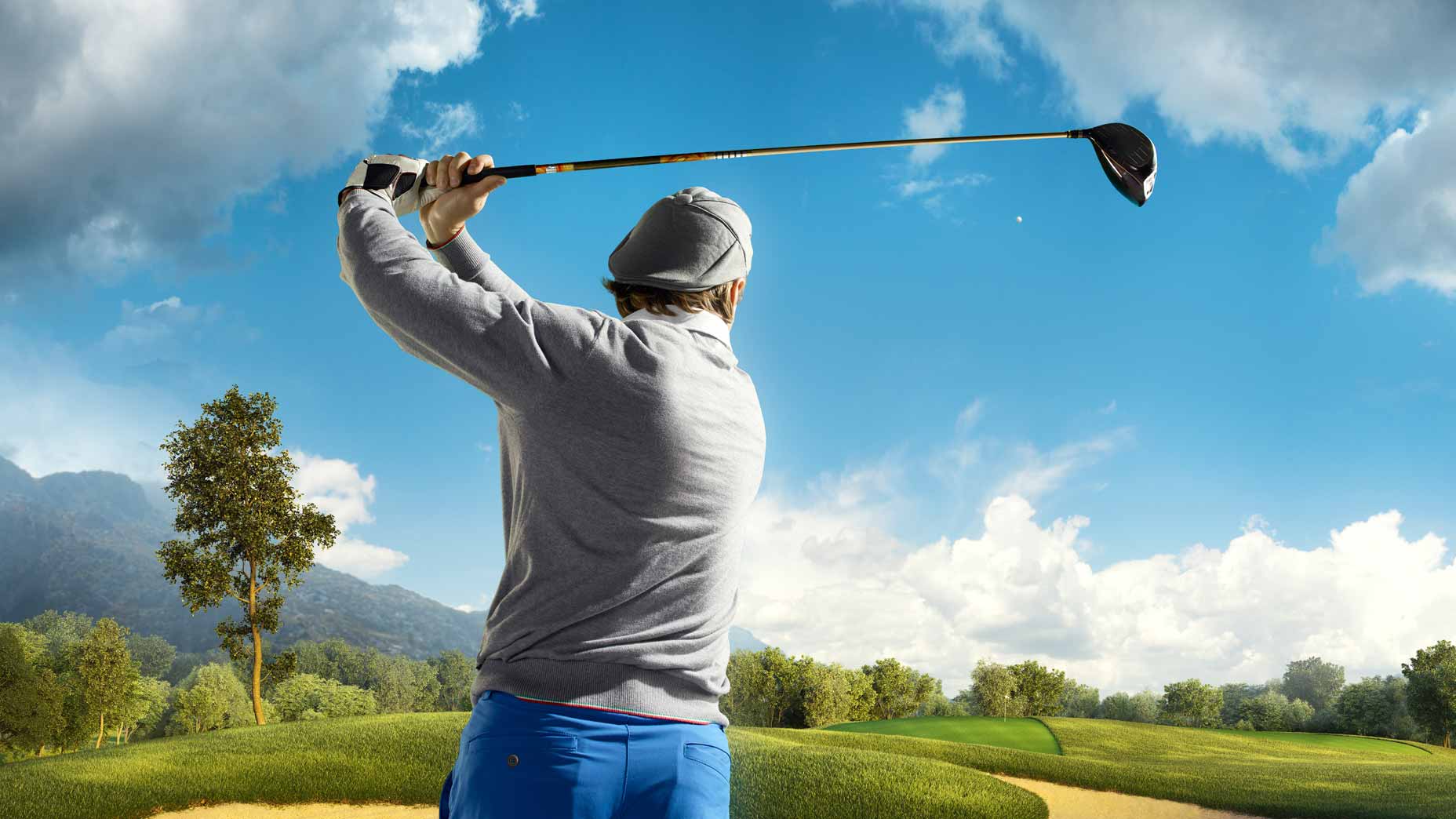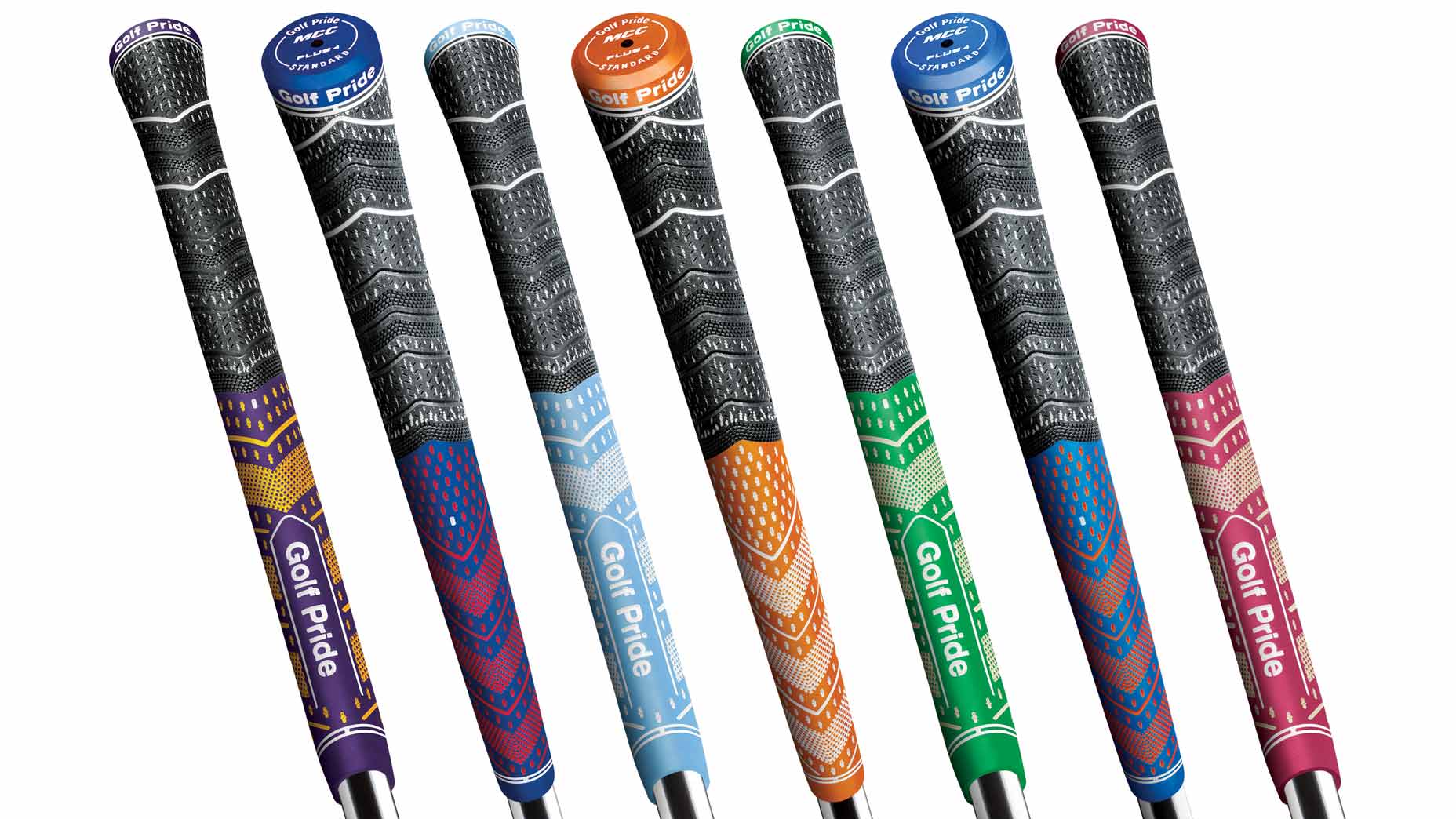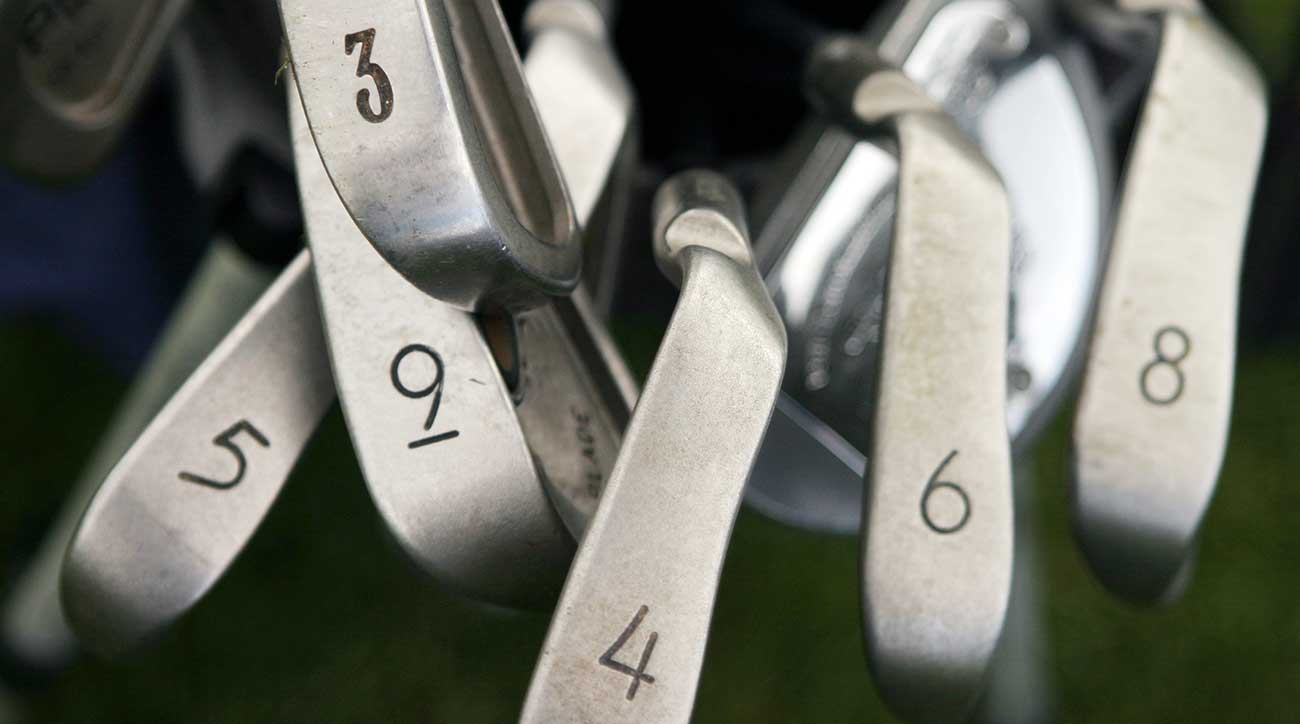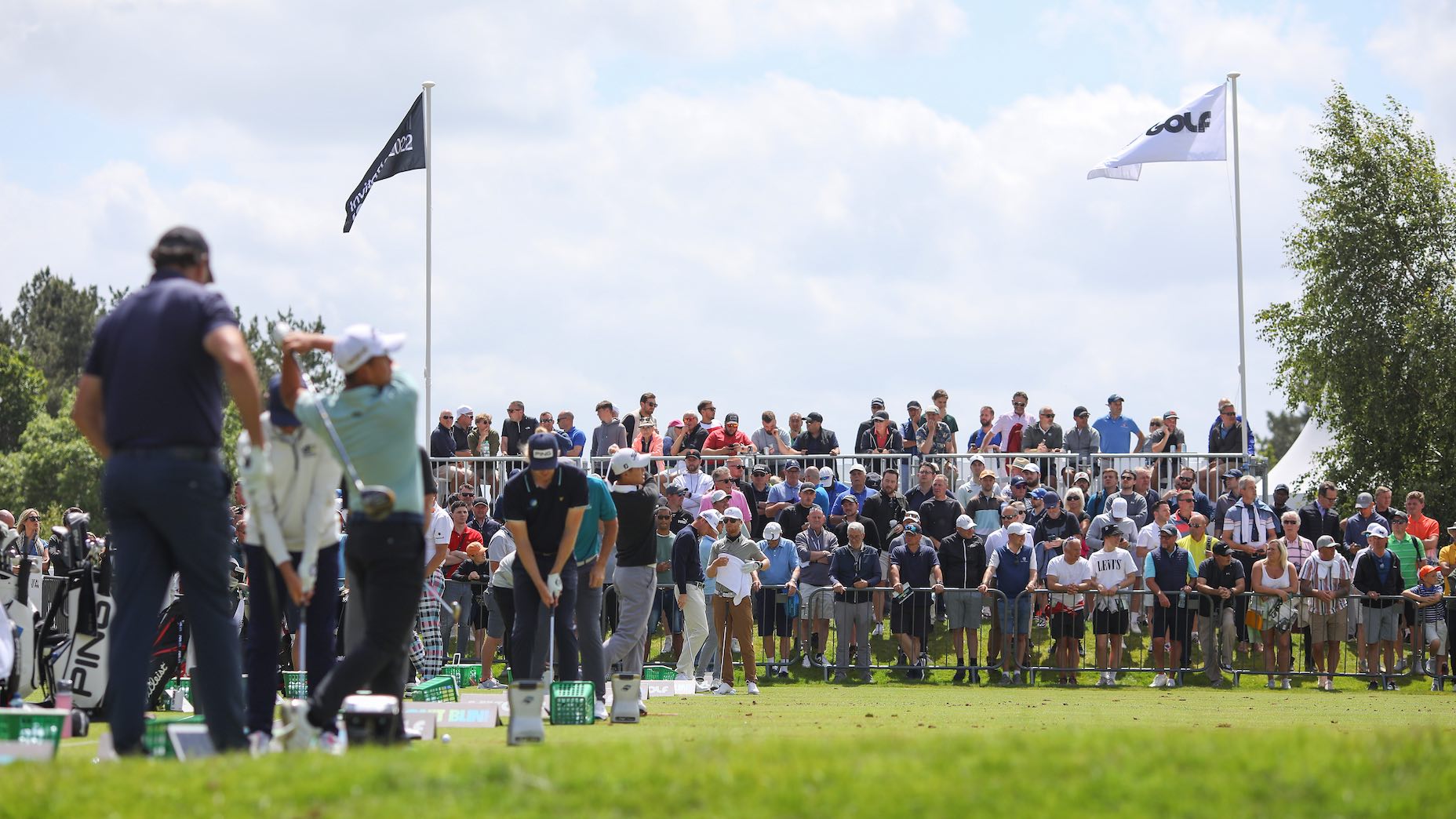Two years ago, Kevin Na made a bold statement when he admitted to GOLF.com that he couldn’t play blade irons. “I can’t play a blade,” Na said. “It’s too difficult, and I’m a pro golfer. I think a blade goes shorter. Off-center hits aren’t going to perform as well as cavity-backs. I don’t see a reason why you’d want to play a blade. I really don’t. I played blades in my early 20s, maybe one year — when I was dumb. But I’m wiser now and play a cavity-back.”
As we learned this week, Na isn’t the only tour winner who seems to be getting wise to the benefits of cavity-back irons. Rickie Fowler also added a set of unreleased Cobra King Tour irons to the bag for the PGA Tour’s season-opening event in Napa that featured a more generous profile when compared to the Cobra muscleback blades he was playing most recently.
Like Na, Fowler found a benefit that most weekend golfers crave: More consistency and stability.
“[T]he ones a groove or two low, the misses weren’t as short,” he told PGATOUR.com. “I’d see some, if I hit the MB or the CB a little thin, distances could drop anywhere from 7, 8, 9 yards. I was seeing these more in the 4, 5, 6 (range). A few yards here and there can make a big difference.”
The average golfer might not notice a carry distance delta of 3 yards between iron sets, but you can be certain a pro is going to pick up on the improvement very quickly. Improvements in technology and design have also made it possible to stay in a more compact profile and still reap the mishit benefits a perimeter-weighted cavity-back iron provides.
To be clear, this isn’t an anti-blade piece. As Fully Equipped co-host Ryan Barath noted on the latest podcast, blades still have a place — in certain situations.
“I love playing blades,” said Barath. “But I don’t play blades on a 7,200-yard golf course. If I’m playing blades, it’s on a course that’s 6,200 or 6,300 yards. I’m not hitting the 5-iron that often unless it’s on a par-3 and I know I’m going to have a great lie. Whereas if you’re a golfer in a different category and playing really long golf holes — you’re going go to want technology.
“It’s fun to hit those short irons and blades if you’re playing a shorter course. But if you need to hit those mid and long irons — and you’re not a longer player — and you start getting into a 6,600- or 6,800-yard course, that’s a lot of yardage for a lot of golfers. If you can get a little help with something that isn’t super big but still fits your eye, that’s the way to go.”
Fellow co-host Kris McCormack also pointed out a lesser-known benefit that makes cavity-back irons the preferred option for golfers of all playing abilities.
“You also take into the amount of pressure [pros] are under if they’re in contention or need to post a number to make the cut, sometimes having the ability to just miss a little bit with more tech or forgiveness in the bag, it makes more sense than having a top-to-bottom set of forged blades.”
Whether you’re coming down the stretch in a money game or have a win on the line, a little bit of forgiveness can come in handy. And if you absolutely must play blades, consider the idea of going with a split set and using them in the short irons. The misses won’t be near as penalizing.
Want to overhaul your bag for 2022? Find a fitting location near you at GOLF’s affiliate company True Spec Golf. For more on the latest gear news and information, check out our latest Fully Equipped podcast below.










